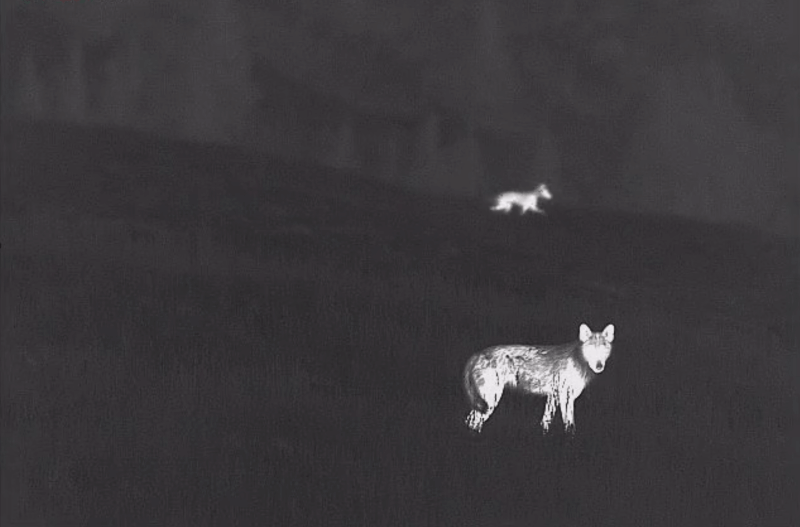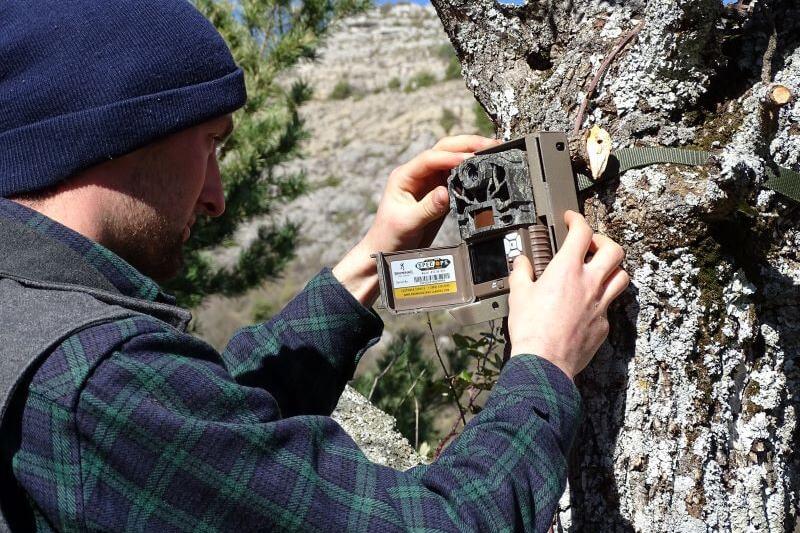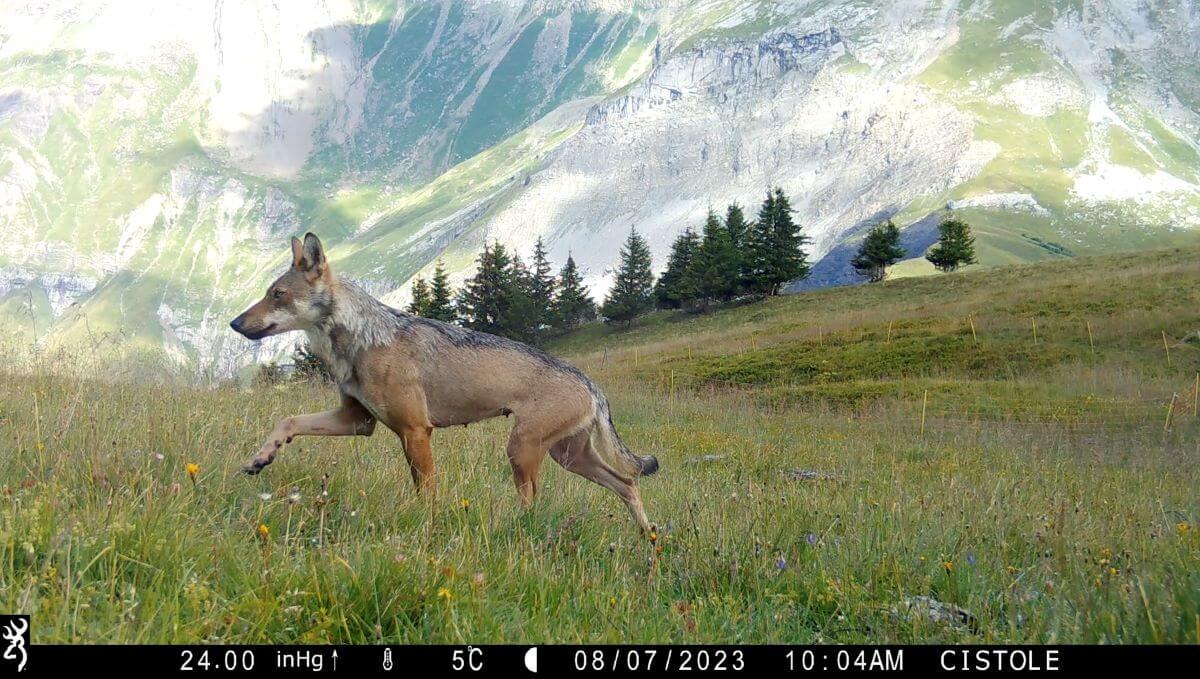Study of predation zones
evaluating the distribution and level of wolf predation
The study of predation zones seeks to determine the number of wolves or wolf packs present in a given area, in order to assist local public authorities in their decision-making. The survey quantifies the predation pressure on pastoral units and documents the habits, behaviour and reactions of wolves in response to herd protection measures.

Wolf monitoring
Wolf monitoring consists of tracking the species using thermal imaging cameras and photo and video traps. Collected in the field, signs of presence (tracks, faeces, urine, hair, blood) are precious indicators of the wolves' movements and how they occupy their territory. This monitoring aims to better identify the number of packs that have settled in, and to characterise their rhythm of activity and modus operandi.

Study of protective measures
Studying the means of protection provides an overview of the situation of livestock farms facing wolf predation. The study identifies the risk factors for wolf predation and lists the effective practices for protecting livestock systems. It also makes proposals to reduce the vulnerability of herds.
The delivrables : An assessment of the situation is provided, together with summary maps.
Analysis of predation zones: who is it for ? Public establishments, government departments and local authorities are interested in diagnosing the presence of wolves and studying their predatory behaviour. Planned over several months, the mission covers both predation fronts and areas in the process of colonisation.

The Cistole method
I'm a shepherd-farmer with a flock of ewes in a transhumant grazing system, working with a pack of guard dogs and developing protection measures to reduce losses due to wolf predation. Thanks to my experience and my many study trips to France and Europe, I have built up a solid body of experience and reliable knowledge. To help local stakeholders and decision-makers, I have developed a structured method to :
- identify the risk factors for wolf predation
- analyse the sensitivity of farming systems
- find ways of reducing the risk of predation
Let's talk about your needs
I respond to invitations to bid and travel all over France.